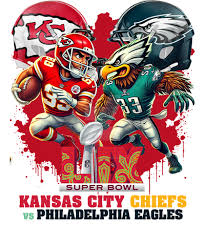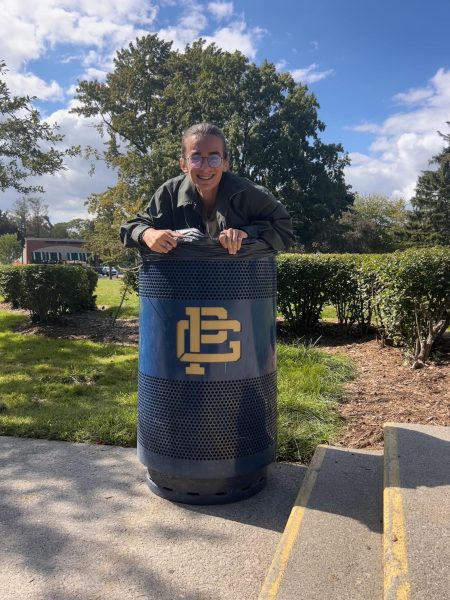
PRO
Christmas morning has always been one of my favorite times of the year: waking up early and rushing into my sister’s room to make sure she’s awake too. Then together we would run down the stairs to see what Santa had brought us while we were asleep. Whether it was a new hockey stick, or a fun toy, I would always feel the Christmas cheer.
Many other children have had similar experiences in their childhoods when it comes to these mythical creatures. Getting antsy for Santa on Christmas Eve, being excited for the Easter Bunny to come and even happily awaiting for the Tooth Fairy after losing a tooth. These experiences have become core memories that were always constants throughout my and others’ childhoods.
The idea behind the belief in these mythological creatures roots in the impressive nature of childrens’ imaginations and the belief in those creatures helps continue to nurture them.
Many parents institute the belief of these creatures is to help their children believe in things that are not tangible.. It helps to create an idea that not all things are tangible, nor are they necessarily easy to wrap your head around.
This idea behind understanding that not everything is tangible also gives children a sense of hope. Though things may not seem achievable because they are not directly in front of you, that does not mean that they aren’t obtainable. Rather there are things that can happen that are not physically seen at a particular moment in time.
When a child finally realizes that these creatures are an idea, not real beings, it shows a pivotal change in their mindset. Instead of simply basing their thoughts on creativity, they switch to some logical thinking. They finally have put two and two together, showing their comprehension that things don’t always root from imagination and that facts assist them in making inferences.
CON
When I reached the ripe age of four years old, I yelled “Santa Claus isn’t real!” to the entirety of my preschool class during the school Christmas party. I never believed in Santa Claus, or any other “mythical” creature. As a matter of fact, I deciphered that the Easter Bunny did not exist as I found my father hiding Easter eggs the night before Easter. I knew distinctly Santa was not real, but was not sure about other creatures as my parents never mentioned either way. But after that moment, I knew those beings were all not real. In spite of it all, these holidays were still magical to me.
Despite my evil machinations during my preschool Christmas party, or finding out the Easter Bunny did not exist, I still have distinctive memories of family holidays throughout my childhood, and I find that it comes from a deeper connection to family.
When receiving presents, and experiencing holidays, I did not equate my joy or happiness to an other-worldy being to which I did not know. Instead, I received thoughtful and caring gifts and experiences from family that I loved, and ultimately that meant significantly more to me.
But even apart from the joy of receiving gifts, there is the joy of giving too. I have a much deeper appreciation in giving, as I remember the joy my parents had, living vicariously through four-year-old me, and buying me gifts that reminded themselves of childhood.
Perhaps that’s why I blurted out “Santa Claus isn’t real” to my entire preschool class, amidst a sequential river of tears. Perhaps I wanted them to experience the more nuanced joy I experienced as a kid, beyond the belief of Santa Claus or whatever other creature that may be. To me, holidays were about family, and I think I am all the better for it.











































































